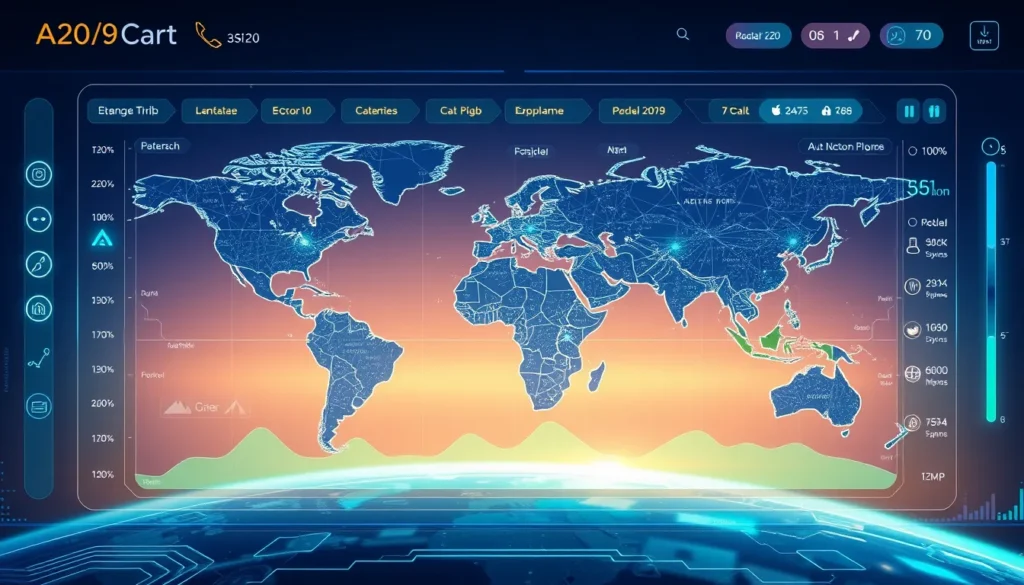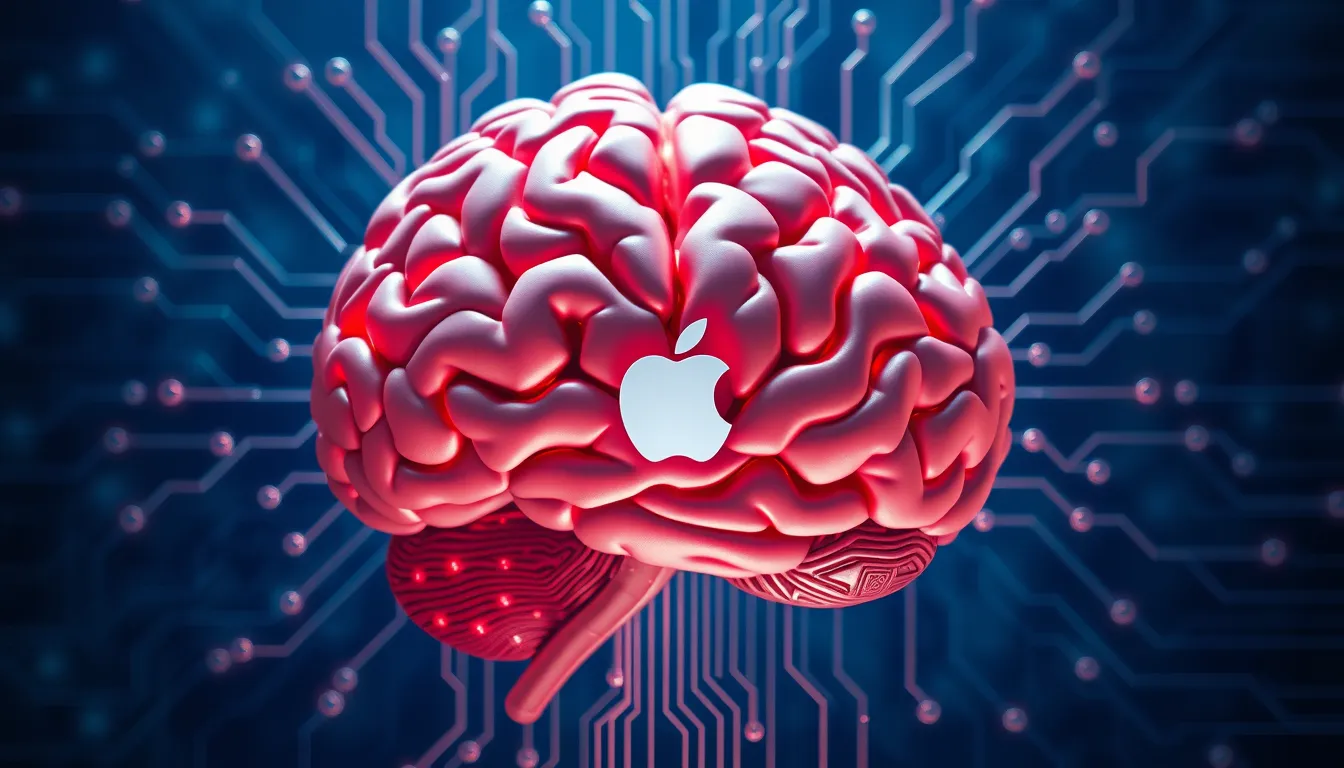Now Reading: Google Diffusion Approach: Redefining AI Models
-
01
Google Diffusion Approach: Redefining AI Models
Google Diffusion Approach: Redefining AI Models

Google Diffusion Approach: Redefining AI Models
The rapid evolution of artificial intelligence and large language models has paved the way for innovations that challenge traditional architectures. Among these groundbreaking advancements is the Google diffusion approach, a novel method that rethinks the way text generation is performed. At its core, the Google diffusion approach leverages an iterative denoising process to refine outputs, setting a new standard for noise-based text generation and advanced text refinement. This technique not only enhances text quality but also provides a robust alternative to autoregressive models such as GPT.
Understanding Diffusion-Based Language Models
Diffusion-based language models, as exemplified by the Google diffusion approach, work by gradually transforming random noise into coherent language. Instead of relying solely on sequential token prediction, these models use parallel processing in diffusion models to iteratively refine the text. Key aspects include:
- Iterative Denoising Process: A multi-step refinement that improves text accuracy and coherence.
- Parallel Processing: Unlike traditional autoregressive methods, the refinement happens simultaneously across multiple layers.
- Robust Error Correction: The approach minimizes the cascading errors commonly seen in linear text generation.
This innovative method is at the forefront of generative AI innovations and is gaining traction as a viable GPT alternative. By adopting this model, AI systems are now better equipped to handle ambiguities and contextual nuances in natural language processing.
The Iterative Denoising Process Unpacked
One of the most compelling aspects of the Google diffusion approach is its reliance on an iterative denoising process. This process begins with a random noise distribution that is incrementally refined through multiple iterations. Each iteration contributes to a gradual improvement of the output, transforming noise into meaningful data. This iterative method provides significant advantages:
- Error Reduction: Early prediction errors are minimized as subsequent iterations refine and correct the content.
- Enhanced Contextual Understanding: The model can better capture complex linguistic structures by working on the text in several phases.
- Improved Output Quality: The end result is more coherent, contextually rich content that reduces machine-generated errors.
In practical terms, the Google diffusion approach represents a significant shift from the linear nature of autoregressive models to a system that embraces the complexity of human language.
Practical Applications and Benefits
The application of the Google diffusion approach spans multiple industries and use cases. Its superior text refinement capabilities make it invaluable in sectors that require high precision and context-aware language generation. Some of the key benefits include:
- Legal and Technical Documentation: Producing detailed manuals and contracts where accuracy is paramount.
- Customer Service: Enhancing chatbots and virtual assistants with more natural, contextually aware responses.
- Creative Writing: Offering new dimensions of creative control and adaptability for content creators.
Furthermore, the benefits of diffusion-based models for natural language processing extend to reduced computational overhead. By implementing parallel processing, the approach ensures faster deployment on diversified hardware configurations. This scalability is essential for both startups and established businesses seeking efficient and robust AI solutions.
How Diffusion Models Improve Text Quality
A dedicated exploration of how diffusion models improve text quality reveals the underlying mechanics that separate them from traditional methods. With the Google diffusion approach, every refinement stage contributes to a clearer and more articulate final output. Developers and researchers have observed that:
- The iterative process allows for continuous correction of errors.
- Noise-based text generation techniques enable the model to recover from initial inaccuracies.
- The use of parallel processing enhances the overall efficiency and creativity of language outputs.
This section underscores the transformative potential of the Google diffusion approach in improving both the fidelity and clarity of machine-generated content. By thoughtfully integrating secondary practices like advanced text refinement and leveraging insights from autoregressive vs diffusion comparisons, businesses can achieve a marked improvement in AI applications.
Broader Implications and Future Prospects
The impact of the Google diffusion approach goes beyond mere text generation. It heralds a new era of explainability in AI models. With enhanced transparency in the iterative denoising process, developers can gain deeper insights into the decision-making pathways of these models. Regulatory bodies and industry watchers are increasingly emphasizing transparent operations in AI, and the Google diffusion approach is well-positioned to meet these demands.
The advancement of diffusion-based language models also opens up new opportunities for cross-disciplinary research. By incorporating principles from computer vision and image synthesis, researchers are able to build models that are not only more capable but also more interpretable. The convergence of these technologies is expected to fuel further innovations, especially in fields requiring high degrees of precision and contextual adaptation.
Conclusion
In conclusion, the Google diffusion approach represents a paradigm shift in the realm of large language models. It challenges the conventional GPT architecture by employing an iterative denoising process that consistently improves output quality. As industries continue to seek more reliable and context-sensitive AI solutions, the benefits of the diffusion-based framework become increasingly evident. Whether it is through noise-based text generation, parallel processing in diffusion models, or advanced text refinement techniques, this approach promises a future where AI-generated content is both accurate and contextually nuanced.
By embracing the Google diffusion approach, developers and businesses can look forward to a transformative era in AI that not only redefines technical benchmarks but also sets new standards for innovation and ethical accountability in the field.
Overall, with the Google diffusion approach, the potential to revolutionize text quality and enhance model performance is immense. This pioneering technique paves the way for a more refined, efficient and transparent future in AI-driven content generation.

























